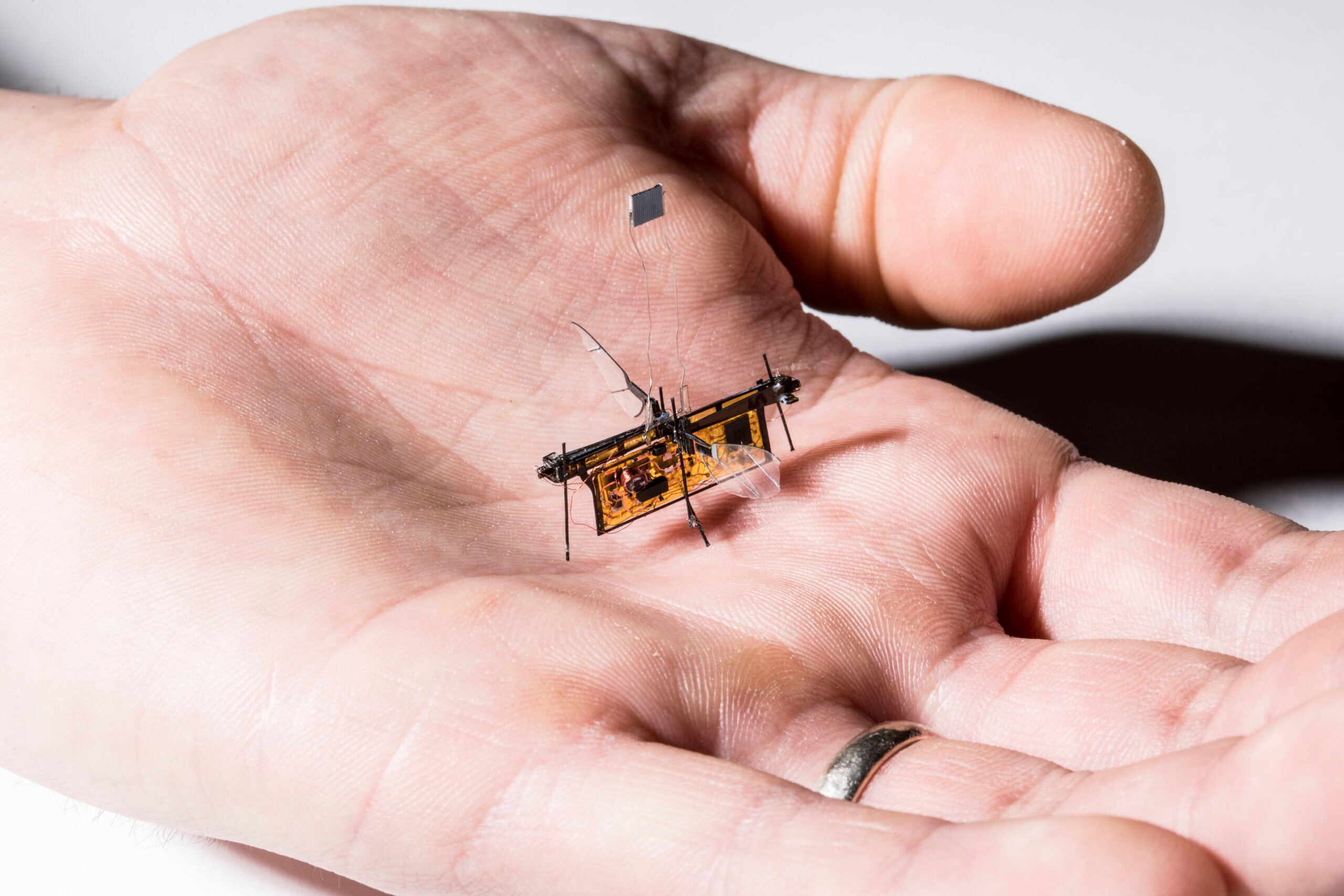Researchers from the Beth Israel Deaconess Medical Center (BIDMC) and Seoul National University have created a device that wraps an electronic mesh around the heart to battle heart failure. The mesh intelligently applying electrical impulses if problems are detected.
Heart failure is a leading cause of mortality and disability. The device should be able to improve cardiac function and treat dangerous arrhythmias (where the heart either beats too fast, too slow, or with an irregular rhythm) by compensating for damaged heart muscle.
A healthy heart can pump blood throughout the body by a series of coordinated contractions. These are maintained by a complex synchronised electrical conduction system. If the heart muscle is damaged not only is the heart physically weaker but the electrical conduction can also become damaged.
The paper’s author, Hye Jin Hwang, a researcher in the Division of Cardiovascular Medicine in BIDMC’s CardioVascular Institute explained that whilst “some patients with heart failure are treated with resynchronization therapy, in which three small electrodes are implanted through a pacemaker to keep the heart contracting coordinately […] but pacemakers deliver electrical stimulation only at specific places in the heart and do not provide comprehensive coverage of the entire organ, as the heart’s own cardiac electrical conduction system does.”
The new integrated approach allowed them to suppresses ventricular tachyarrhythmia (a short but very fast rhythm) as well improving cardiac function. This should help offer treatment for heart failure, ventricular arrhythmias, and sudden death
How it Works
The mesh is made from nanowires embedded in a rubber polymer. This can then be tailored to the unique three-dimensional anatomy of each individual heart.
The mesh is designed to “hug” the heart, by wrapping completely around it. This means it can deliver electrical impulses to the whole of the heart muscle.
Though the researchers have created a working model of the elastic electrical device, through 3D printing, their pre-assessment tests have only been done through computer simulations and on rats. In tests on rats, the mesh was able to act as a substructure of the heart and improved their heart beats after a heart attack.
Peter J. Zimetbaum, MD, Associate Chief and Director of Clinical Cardiology at BIDMC and Associate Professor of Medicine at Harvard Medical School explained that “The concept of wrapping the heart is not new, but doing it with this attention to a more physiologic approach makes the device exceptionally smart. This is not just another mechanical assist device. It’s an innovative physiologic approach and provides an opportunity to bridge sophisticated engineering and medicine.”
Published as “Electromechanical cardioplasty using a wrapped elasto-conductive epicardial mesh” in Science Translational Medicine, 22 Jun 2016: Vol. 8, Issue 344, pp. 344ra86








